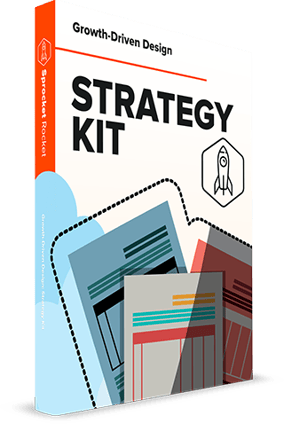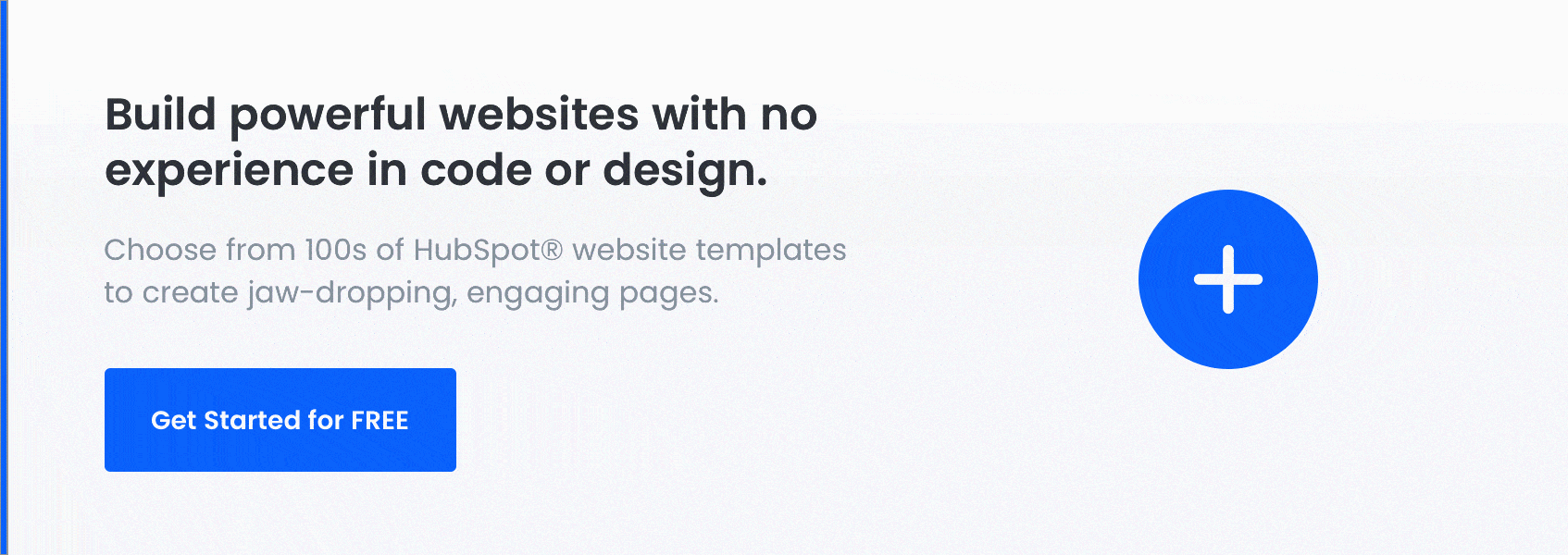Create a Free Account
Launch Kit

Chapters
Traditional Websites Suffer from four core challenges

Significant Time Delays

Going Over
Budget

Painful/Costly Revisions

Horribly
Inefficient
How to use this launch kit
The teams at Lean Labs & Sprocket Rocket (as well as agencies following the Growth Driven Design Methodology) use this launch kit as a tool to successfully kickoff new website projects. We suggest you select and use the elements of this kit that will help you with tighter customer alignment & smoother launches.
Use the following slides to help all project stakeholders align on the right way to build the new brand experience before any work begins. This alignment is critical to success.
Imagine the chaos if teams did not align on how to build an automobile prior to construction. The same chaos would apply to building a home, a space shuttle, and yes…a website. Key stakeholders need to agree upon the approach to completing and launching a new website before productive activities can begin.
Walk through each of these slides in a single kickoff meeting lasting approx 30 minutes. All stakeholders with “veto power” must attend as this launch meeting will set the tone for the project.
Stakeholder Alignment

The goal of the stakeholder alignment meeting is to help all stakeholders see the value of applying a lean approach toward the website redesign.
When stakeholders agree to build a growth-driven launchpad website, you’ll have the buy-in needed to proceed efficiently.
Failing to agree on your approach before you begin ensures a long road of frustration and, ultimately, failure.
Website Waterfall Workflow

The launchpad website build will be most efficient when stakeholders agree to these stages:
- Strategy Comes First
- Page Prototype Prior to Design
- Design of Agreed Upon Prototype
- Finalize In HubSpot & Launch
- Wish List
Design faces major delays and costly revisions when you revisit the strategy and content of a page during its design.
Similarly, when developing the pages, and the messaging and design is still not solidified, the process will run in endless circles (the more stakeholders, the more loops you’ll face).
This is fully avoided by applying waterfall style stage-gates to the page build process.
Learn why websites fail & how to fix it
Ready to take your website to the next level?
Time Box Each Phase

Website projects have a nasty habit of drifting in both time and budget.
By time-boxing each phase of the website build into sprints (typically 2 weeks long), you minimize project delays and limit revision costs.
Once your new website is clearly better than your existing site, it should go live. Continue optimizing the new website after it’s live using continuous improvement sprints.
We offer a sprint kit (see end of this document) that details the process of planning and executing a lean optimization sprint.
2 Key Plural Processes to Save Months of Work
The Pareto principle applies to your website: You’ll get 80% of your results from 20% of your pages. Therefore, focus budget on the pages that matter most.
No need to wait until the new pages are done to begin migrating the lower priority pages.
Instead, begin migrating website pages, blog posts, and landing pages to the new website as soon as your have your homepage design and style guide in place.
Plural process for content migration will enable your site to launch weeks or months sooner than if you ignore these pages until the key pages are ready to launch.
Important Quality Control Tests
Follow this pre-launch checklist
- Use BrowserTest.com to check each page for responsiveness
- Use Pingdom to test each page for < 4mb file size and < 3 second load time.
- Confirm your favicon is in place.
- Build your 404 Page & Track Visit URLs
- Insert Analytics, Retargeting, Heatmap, Screen Recording Scripts & Pixels
- Review HubSpot Page Performance Tool.
- Apply redirects for any URL you’re not migrating
- Run Integrity right after launch to find and solve allbad links.
- Do your happy dance. Drink a beer. Thank others. Start planning how to make it better
Tips for a Smooth Launch
- Stakeholders are asked to review & apply final amends to pages prior to launch. A one week window is generally sufficient. Avoid complicated spreadsheets documenting word and image changes by asking stakeholders to apply changes directly in HubSpot.
- We don’t launch on Friday. Sunday evening or Monday morning prior to business hours is best. 3. Ask all stakeholders to review & submit any bugs within 24 hours. Bug submissions include URL, screenshot, browser details. Squash all bugs immediately.
- Add Notations to Analytics & Refresh Heatmaps.
- Schedule Post Launch Review & Prioritize WishList.
Regular, Productive Communication
At Lean Labs, we’ve found these subtle communication techniques to be very helpful:
- Replace CC’ing your team in emails with a single help desk address such as client@yourdomain.com to receive, assign, and track all requests.
- Consider adding stakeholders to a collaboration channel in Slack or Hipchat for sharing links + Q&A.
- Ask the client to manage feedback gathering internally, providing a synthesized company response to design feedback etc. rather than numerous conflicting responses that you must discuss individually in order to arrive at consensus.
- Setup “office hours” at least once weekly and use this time to maintain momentum towards launch.
- Focus discussion on the tasks at hand for the sprint, deferring other conversations to another time. This does not always apply but helps maintain focus.
From Ideation to Creation in Minutes
We took all of the efficiencies we’ve gained in developing HubSpot COS websites for over four years and created a new design system called Sprocket Rocket.
This design system enables brands and agencies to build an 8/10 website with a 3/10 budget, without cutting out critical components like strategy, content creation, and custom design.
©2025 Brandvious, Inc. All rights reserved. Privacy Policy | Terms of Service
